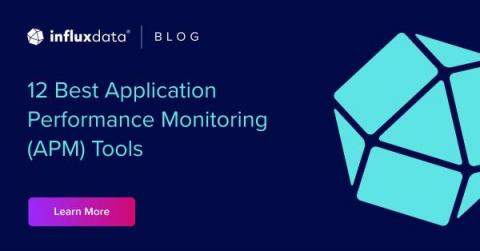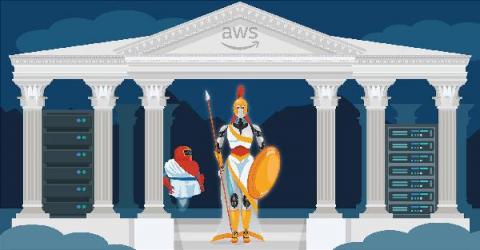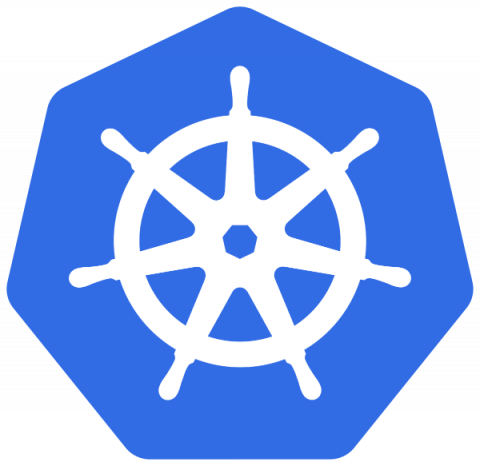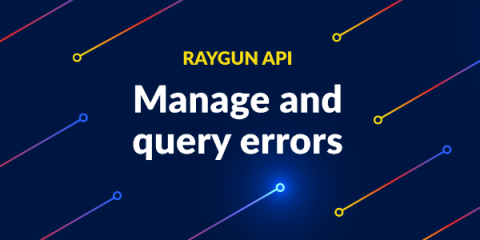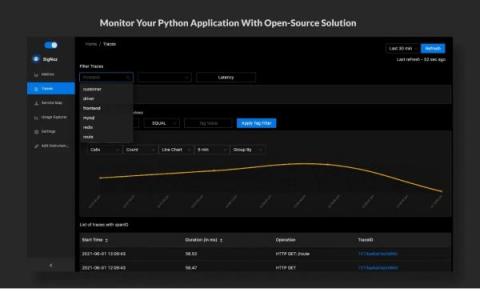12 Best Application Performance Monitoring (APM) Tools
In today’s fast-paced world, applications are vital for driving businesses forward. However, without proper monitoring and insights into your application’s performance, you can’t identify what causes slow response times, high CPU usage, or database bottlenecks. But with an Application Performance Monitoring (APM) tool, you can gain deep visibility into your application’s performance by tracking critical metrics.


